
A Project of ConnectOcean Conservation and Outreach
A Division of ConnectOcean Group
Las Catalinas, Playa Danta, Guanacaste, Costa Rica.
In Costa Rica, the second highest case of accidental death is drowning. On average, 60 people drown each year. These drowning rates are equivalent to the drowning rates seen in nations like The United States and Australia. However, Costa Rica has only a fraction of the coastline and beaches that those countries do.
For a place like Costa Rica, where tourism plays a huge role in the economy, it is paramount to address this problem as quickly as possible.
- SWIM SAFE Costa Rica -
PROJECT
OBJECTIVE
SWIM SAFE aims to help improve local and municipal government services, through implementing water safety and awareness educational programs and projects. These projects aim at helping vulnerable and/or marginalized communities within Costa Rica increase their citizen's engagement and interest in civic duty; improve government transparency; and optimize the local government's ability to provide basic services.
INTRODUCTION
Costa Rica has ten times more maritime territory than land territory and around 900 miles of total coastline. This vast coastline has 650 beaches, all of which present a risk for the locals and tourists that visit them (Figure 1). Currently, drowning is the second most likely cause of accidental death for Costa Ricans and Tourists (Organismo de Investigación Judicial, 2019).
For the past 20 years, Costa Rica has had an average of 50 drownings every year (Segura et al., 2020). This drowning rate is approximately half of the total recorded yearly drownings in the United States (Brewster et al., 2019). Among the accidental drowning deaths of international tourists, US citizens account for the majority of these drowning victims (United States Department of State, 2020).
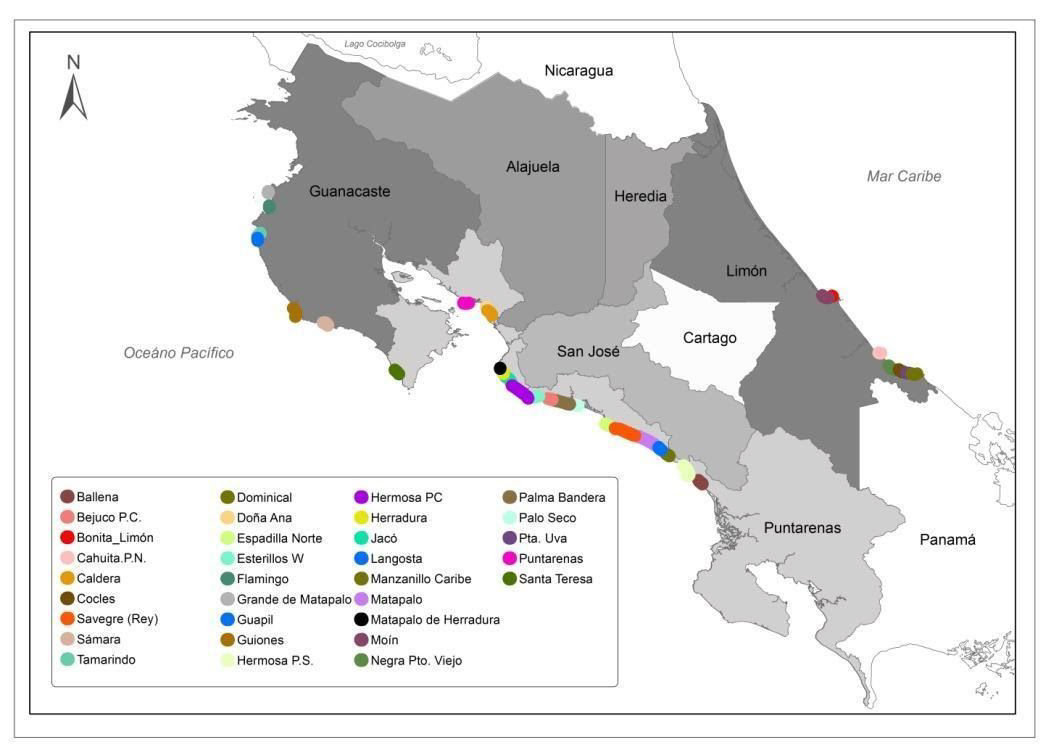
Figure 1: Political Map of Costa Rica showing beaches with the highest drowning rates (Segura et al., 2020).
Costa Rica does not currently have sufficient surf rescue infrastructure or drowning prevention programs to improve safety on its beaches for residents or international tourists.
The Costa Rican Tourism Institute has attempted to address this national crisis by posting warning signs on high risk beaches (Figure 2). However, these types of signs have failed to reduce the drowning rate. This is likely due to visitors and tourists ignoring the posted warnings (Wilks, 2017; Arozarena & Gutiérrez, 2018; Arozarena Llopis et al., 2018).
Historically, the presence of lifeguards in aquatic environments has been shown to help successfully reduce drownings (Gilchrist & Branche, 2016; Wilks, 2017).
With this knowledge in 2019, the Costa Rican National Assembly approved a bill that requires coastal municipalities to provide permanent professional lifeguards on their beaches. In spite this precedent, there seems to be no clear route for local municipalities to follow in order to implement permanent lifeguard and surf rescue teams.
Figure 2: A common sign used in Costa Rica to indicate a beach has dangerous rip currents (Segura et al., 2020).
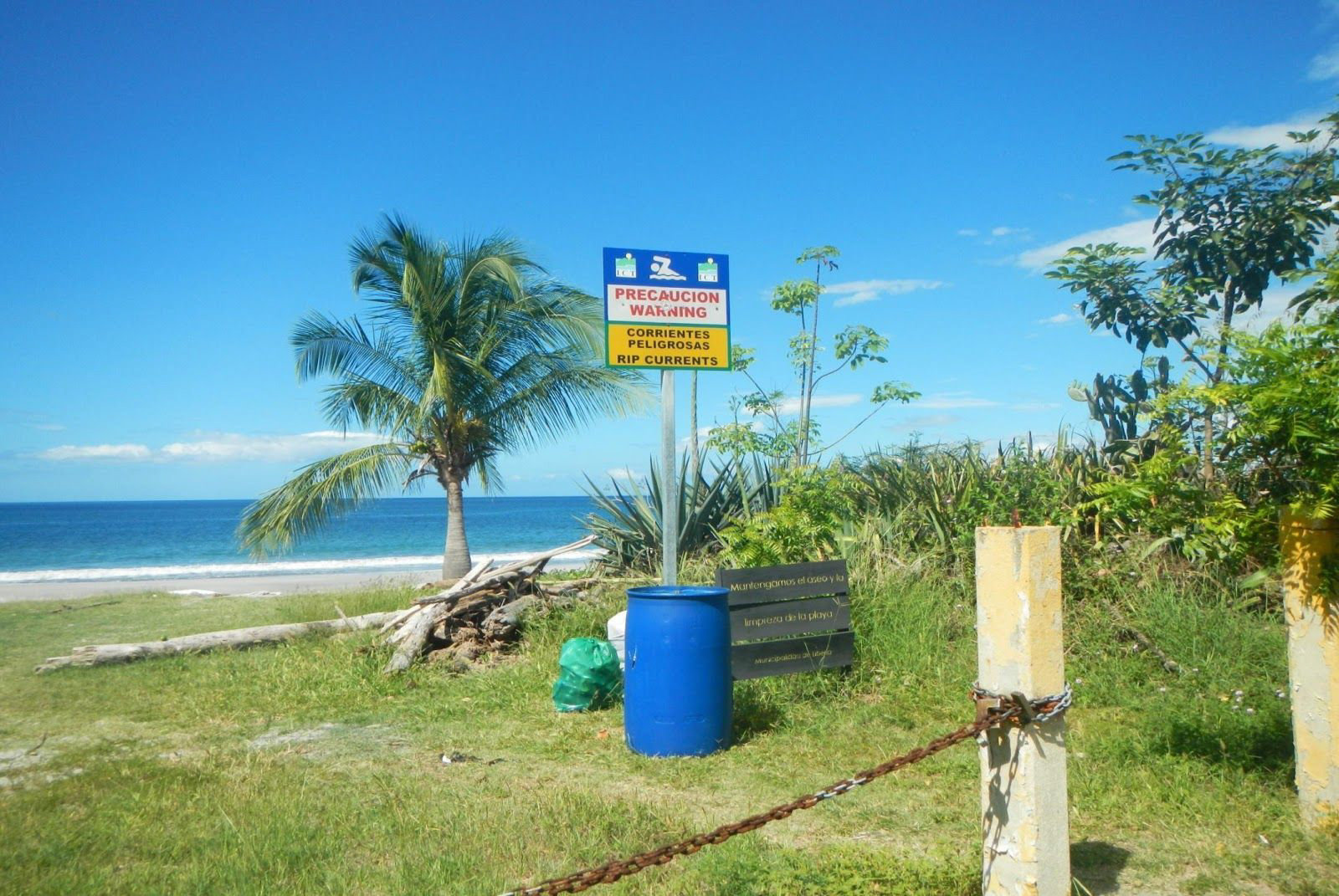
DROWNING IN COSTA RICA: STATISTICS AND DEMOGRAPHICS
According to the Observatory of Coastal Processes of the National University of Costa Rica:
- Between 2001 and 2019, there was a total of 940 drownings within Costa Rican beaches and coastline.
- Most of the drownings occurred on weekends, however for foreign tourists most of these drownings occurred on Mondays and Wednesdays (Figure 3a).
- The majority of these drownings occurred within the months of January, April, and July (Figure 3b) (2020).
Figura 3: a) Percent of drowns per day and b) percent of drownings per month. c) The total number of Costa Rican drownings was 556 and the total number of foreigner drownings was 334 (Segura et al., 2020).
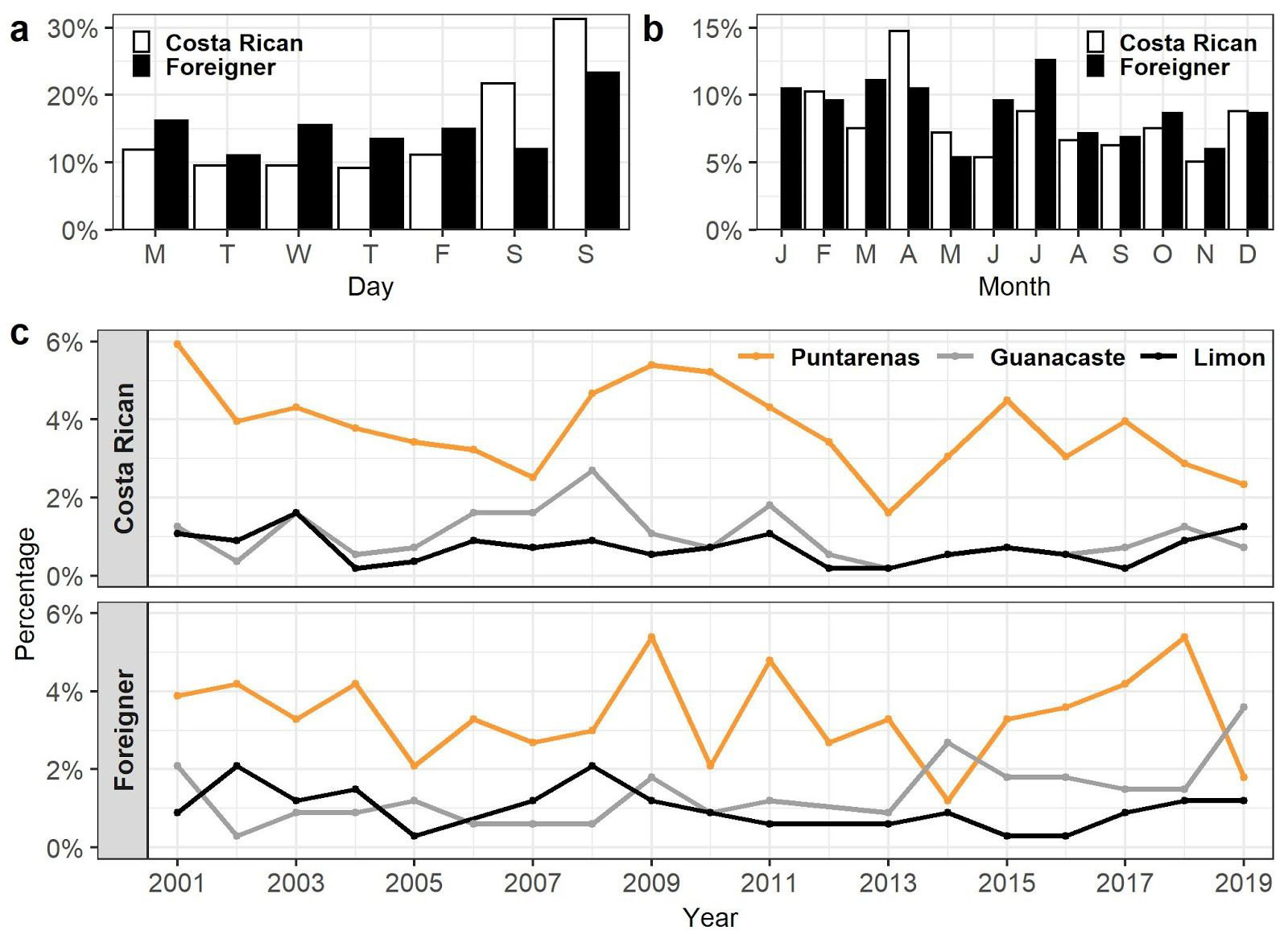
The number of drowning victims has varied year to year (Figure 3c), with peak years in 2009 and 2018. As can be seen in Figure 3c, Puntarenas is the province that has historically had the most drownings, followed closely by Guanacaste and Limón. On average, about 90% of Costa Rican drowning victims were male, (Gensini & Ashley, 2010; Brighton et al., 2013; Woodward, 2015; Tellier et al., 2019). 63% of the total drowning victims on Costa Rican beaches were natives, and 37% of these victims were foreigners.
In spite of these high drowning rates, most of these beaches still do not have permanent lifeguard patrols. However, due to the 2019 legislation, the United States Embassy and the Costa Rican Red Cross has established manned lifeguard towers on a few of these high risk beaches within the Puntarenas Province. The establishment of these permanent lifeguards has contributed to the reduction of drownings in Puntarenas (Figure 3c).
Figure 4.) Beaches with the most drownings (Segura et al., 2020).
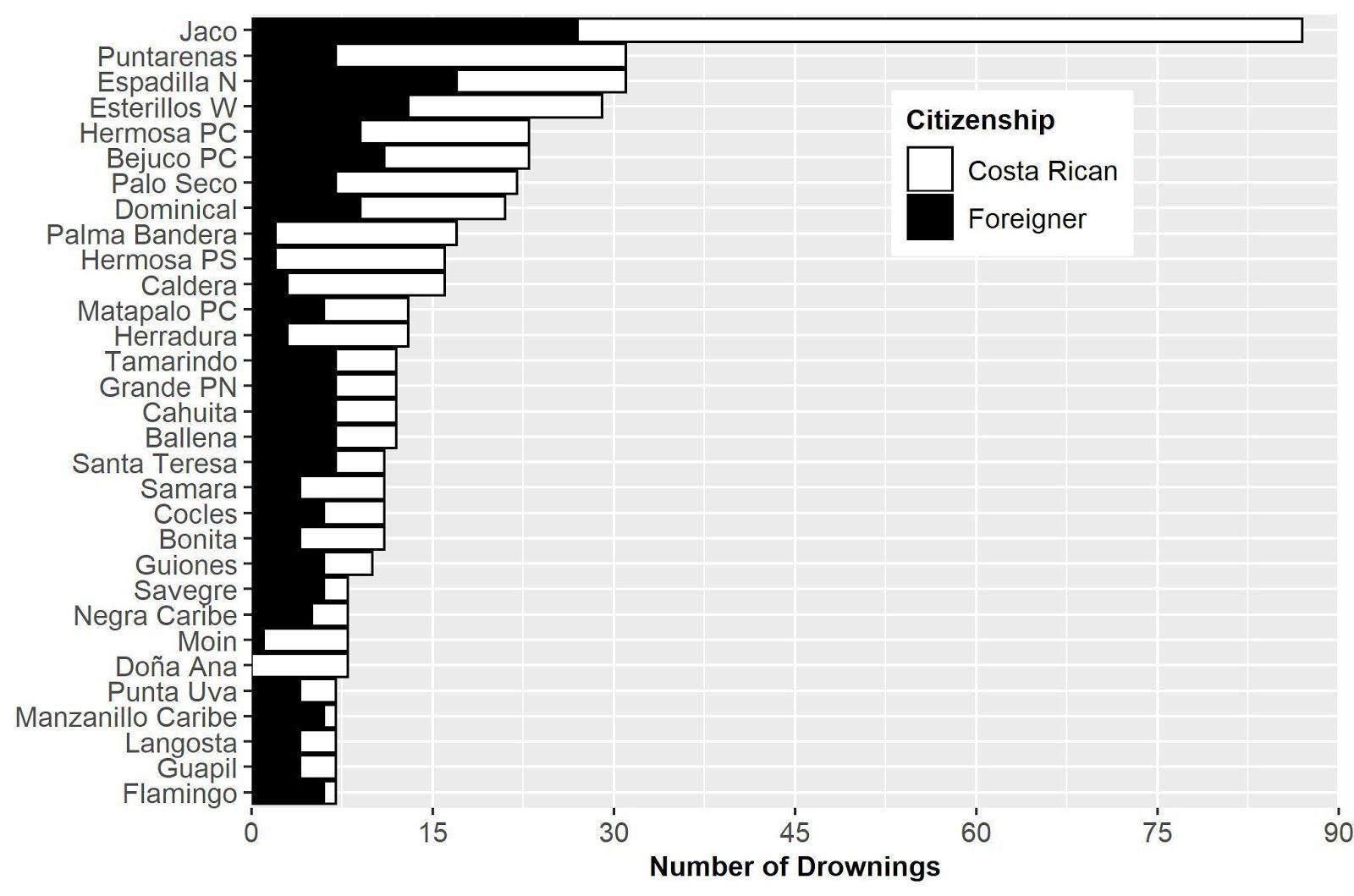
As can be seen in Figure 5:
- The age of the Costa Rican victims tends to between 15-30 years old, with an average age 26.
- The average age of foreign drowning victims is 45 years old.
- For Costa Ricans, young adult men are at a higher risk for drowning.
- For foreigners, older adults are at higher risk for drowning.
- According to Arozarena, the majority of visitors traveling to Costa Rican beaches are young people (2018).
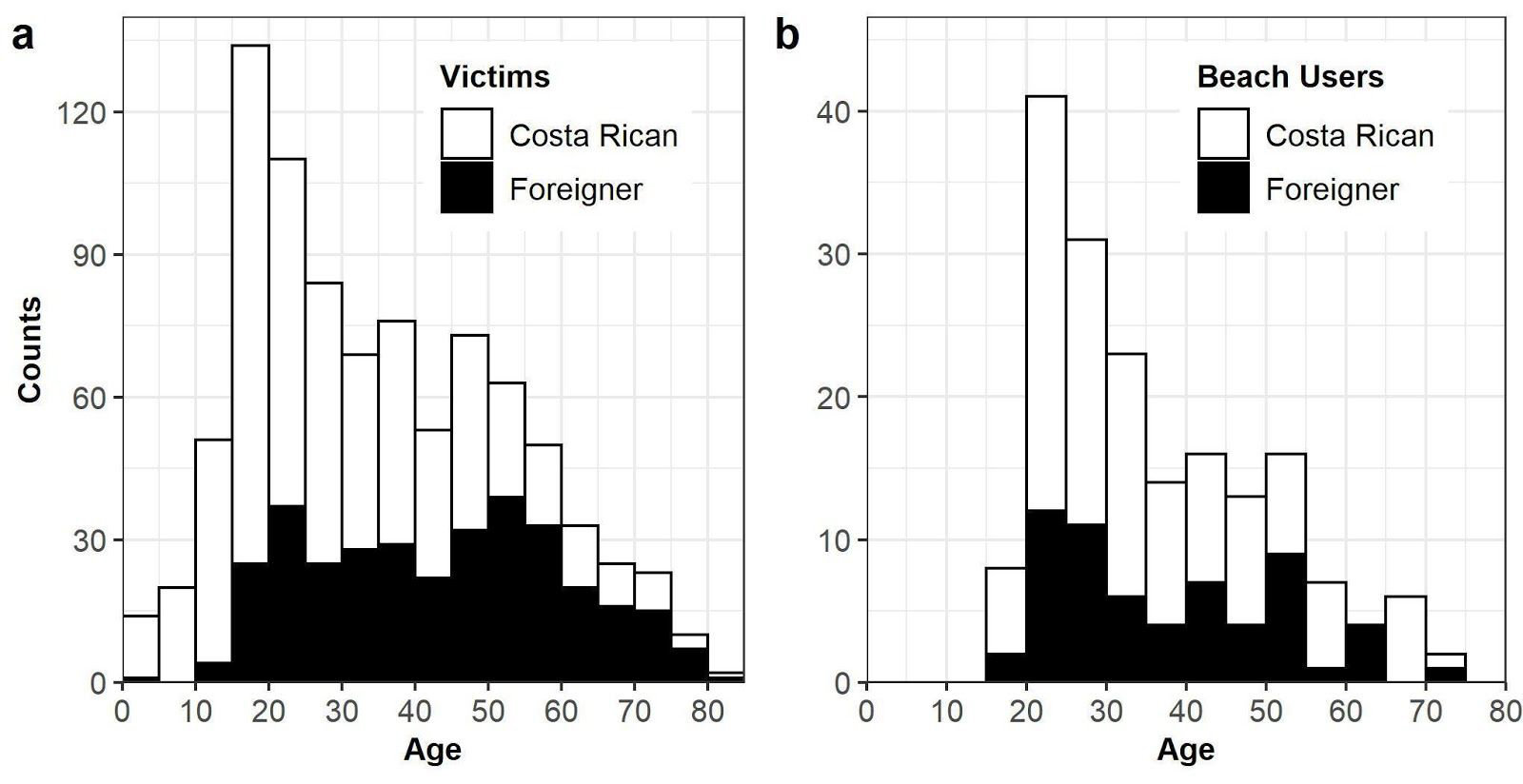
Figure 5. Age distribution of drowning victims for Costa Ricans and foreigners from 2001-2018 (Segura et al., 2020).
The previously mentioned statistics show that Costa Rica is currently facing the following challenges:
- Costa Rican beaches are the culprit behind many deaths, on average there are about 50 drowning deaths per year within Costa Rica. Many of those drowning victims are tourists.
- There is currently limited systems in place that monitor and analyze these water related deaths and injuries.
- Many Costa Rican communities lack opportunities to learn basic swimming and survival skills.
- Costa Rican children do not learn basic swimming or water safety skills in public schools.
- Many communities across Costa Rica have a minimal understanding of how to be safe in and around bodies of water.
- Most beaches do not have lifeguards, so therefore most tourists cannot identify safe swimming areas.
- There is minimal knowledge and training around aquatic related injuries and accidents.
- There is currently no standardized approach for hotels to implement in order to help manage any risks posed by aquatic environments.
- There are a limited number of employment opportunities for those interested in pursuing a career in water-safety.
- There is a lack of programs that help to teach communities how to take care of and respect the many different aquatic ecosystems found within Costa Rica.
The Organization ConnectOcean
- SWIM SAFE Costa Rica -PROJECT
THE ORGANIZATION CONNECTOCEAN
The organization ConnectOcean (www.connectoceancr.com) has developed a Drowning Prevention Program called "SWIM SAFE Costa Rica", which focuses on teaching water safety to coastal communities in high-risk areas.
This is done through a variety of programs, such as:
- Swim Instructor Training Program
- Nippers (Junior) Lifeguard Program
- Sponsored swimming lessons
SWIM SAFE wants to contribute to the Costa Rican government's focus on improving aquatic safety within Costa Rica, with programs such as “Learn to Swim". Through our involvement with underprivileged coastal communities in the Guanacaste province, we have identified that there is a crucial need for programs that teach children and adolescents survival swimming and water rescue techniques.
Nippers Lifeguard Program
SWIM SAFE
Costa Rica
Building a Culture of Water Safety
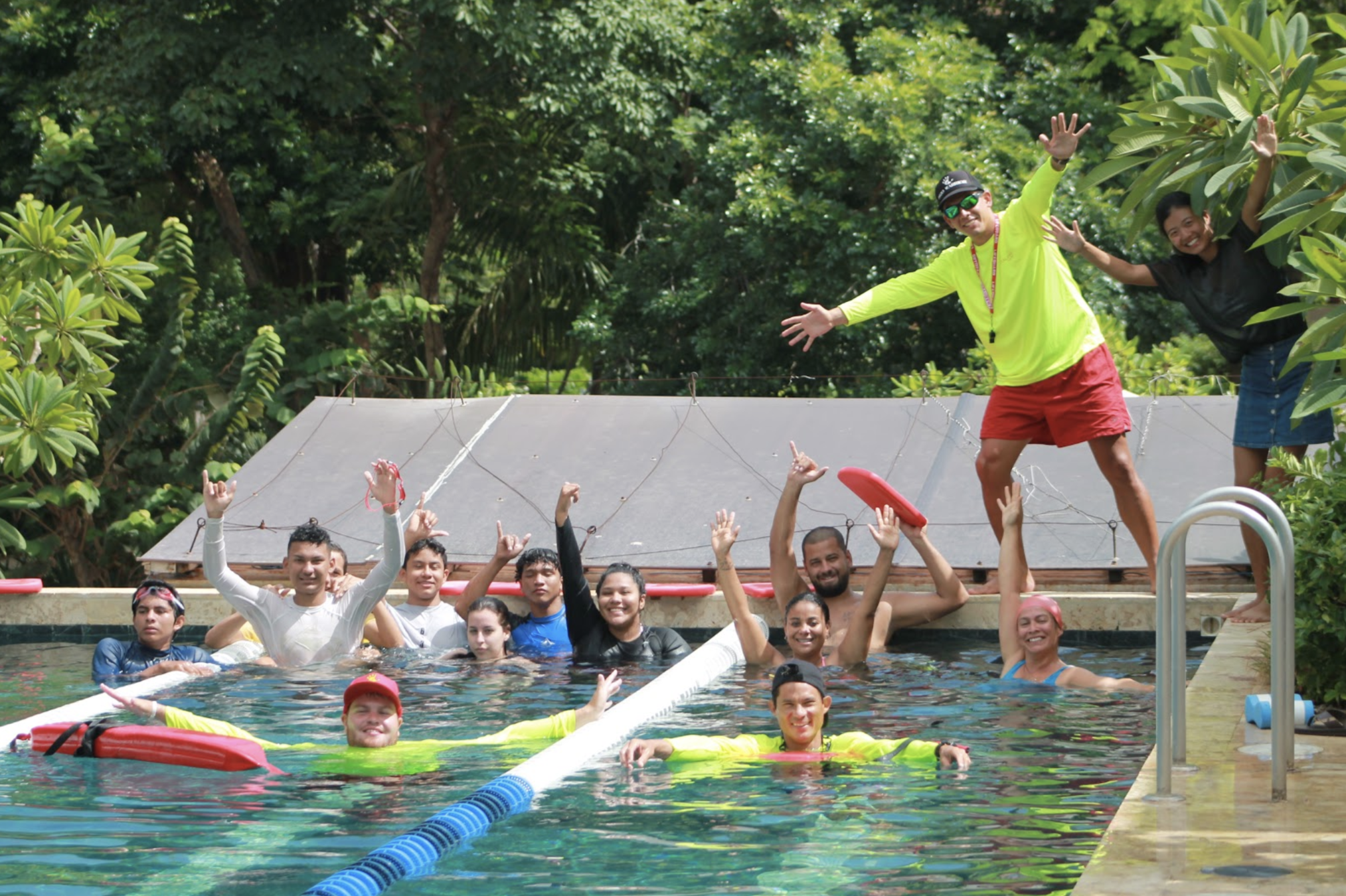
BUILDING A CULTURE OF WATER SAFETY
Most Costa Rican coastal communities lack access to programs that teach basic swimming and survival skills. SWIM SAFE Costa Rica aims to provide these water safety skills by collaborating with local schools and organizations, that can sponsor groups of volunteers and students to become "Learn to Swim" instructors in their local community.
These volunteers will commit to teaching these basic water safety and survival skills to children and adolescents within their community. Community members that receive these classes can then learn to give back to their community, through their participation in the SWIMSAFE Nippers Lifeguard Program.
SWIMSAFE Costa Rica is currently working towards helping public schools include basic swim instruction programs within their curriculum by connecting them to local Community Lifeguard Organizations or with the SWIMSAFE program “Learn to Swim”.
See an example of one of theses program implemented in Matapalo, Guanacaste, in collaboration with the NGO Futuro Brilliantes on the next page.
Nippers and Brillant Future collaboration in Matapalo, Guanacaste
THE NIPPERS LIFEGUARD PROGRAM
This program focuses on educating children to recognize the potential dangers associated with different aquatic environments. The Nippers Lifeguard program focuses on student safety, respect, fitness, and discipline. In this program, students are educated on the aquatic environment, first aid, CPR, teamwork and water rescue methods. Classes are held weekly and once participants are old enough, they will be eligible to earn a full lifeguard certification. The goal is to create functional community service groups that will provide life-saving volunteer work at local beaches. The Nippers Lifeguard program is based on similar youth lifesaving courses offered in Australia, South Africa, and California.
In addition to these programs, SWIM SAFE Costa Rica is in the process of developing a competitive Costa Rican lifeguard team that is capable of competing in international lifeguard competitions.
International Lifeguard Events
SWIM SAFE
Costa Rica
Promoting Volunteering and Social Cohesion
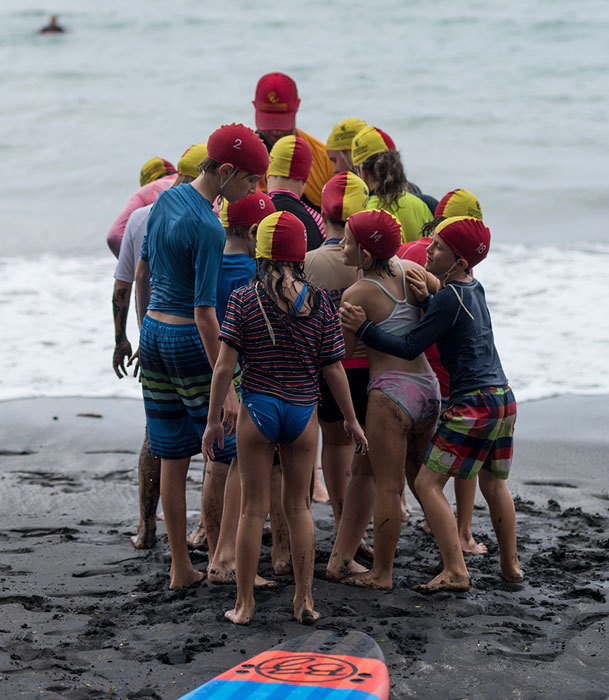
PROMOTING VOLUNTEERING AND SOCIAL COHESION
SWIM SAFE Costa Rica aims to unite people of all backgrounds with a shared sense of responsibility towards preventing drowning-related deaths in Costa Rica.
To help foster this shared sense of responsibility, SWIM SAFE Costa Rica is promoting the creation of ten Voluntary Lifeguard Community Education Centers (CECG) and the establishment of the Costa Rican Federation of Volunteer Lifeguards.
The Community Lifeguard Centers model is based on the Commonwealth Voluntary Lifesaving Club model that is successfully used in Australia, New Zealand, and South Africa. The model is based on the responsibility these towns feel towards reducing drownings within their communities. These countries use volunteer lifeguard clubs to build up the capacity of communities help prevent water related injuries and deaths through education and training. The clubs also help to protect beaches on Sundays and holidays with volunteer patrol groups.
Implementation Strategy
- SWIM SAFE Costa Rica -
PROJECT
IMPLEMENTATION STRATEGY
The primary implementation strategy will be to establish Lifeguard Community Education Centers (CECGs) in communities with high risk beaches (Figure 8). These high risk beaches were previously discussed in this presentation.
CECGs would be a means to:
- Educate communities on water safety and drowning prevention
- Teach marginalized communities basic swimming techniques and aquatic survival skills.
- Train and establish volunteer lifeguards clubs to patrol beaches beaches on Sundays and holidays.
- Help cultivate national interest in the sport of water rescue.
- Inspire youth to participate in Nippers lifeguard program
Figure 8. Implementation Strategy of Swim Safe Costa Rica
4. Teach first aid and CPR
3. Provide Security in the Beaches
5. Cultivate the Sport of Lifeguarding
2. Teach Swimming and Water Safety Skills
6. Create Job Opportunities
1. Establish Volunteer Lifeguard Clubs
SWIM SAFE
Costa Rica
Coastal Safety and the Collection of Aquatic Emergencies Data
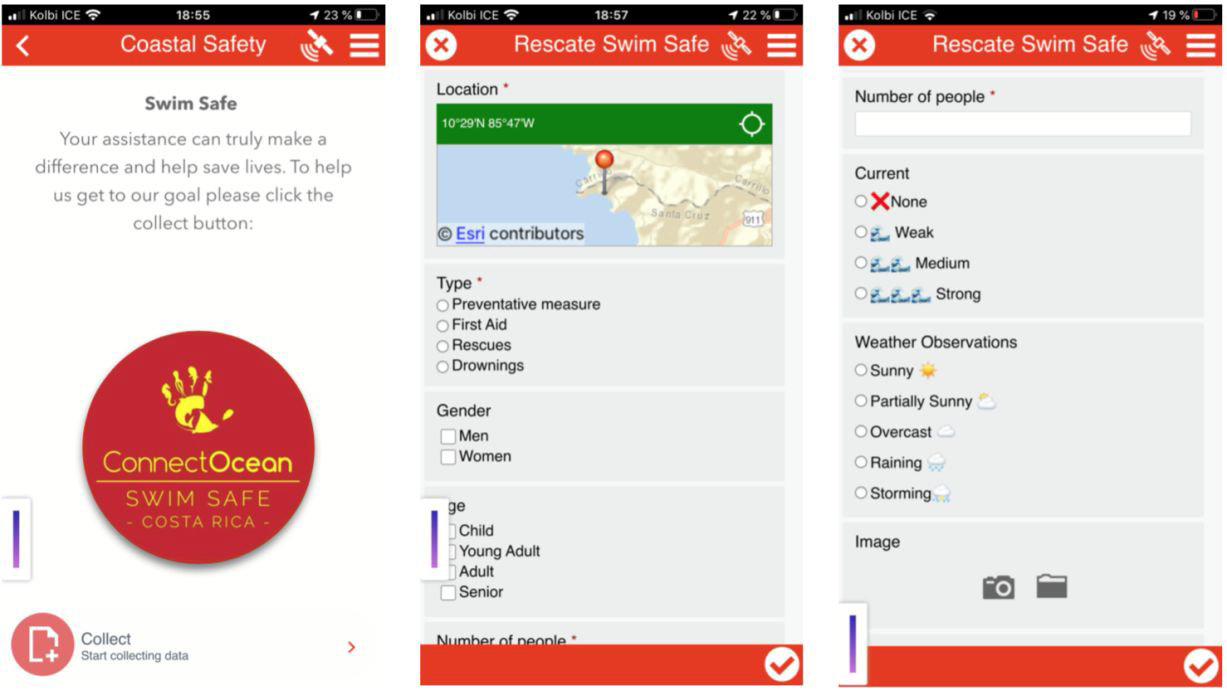
Figure 9. ArcGIs SWIM SAFE Costa Rica Drowning Prevention App

Figure 10. Demonstration of current aquatic emergency hotspots within Costa Rica.
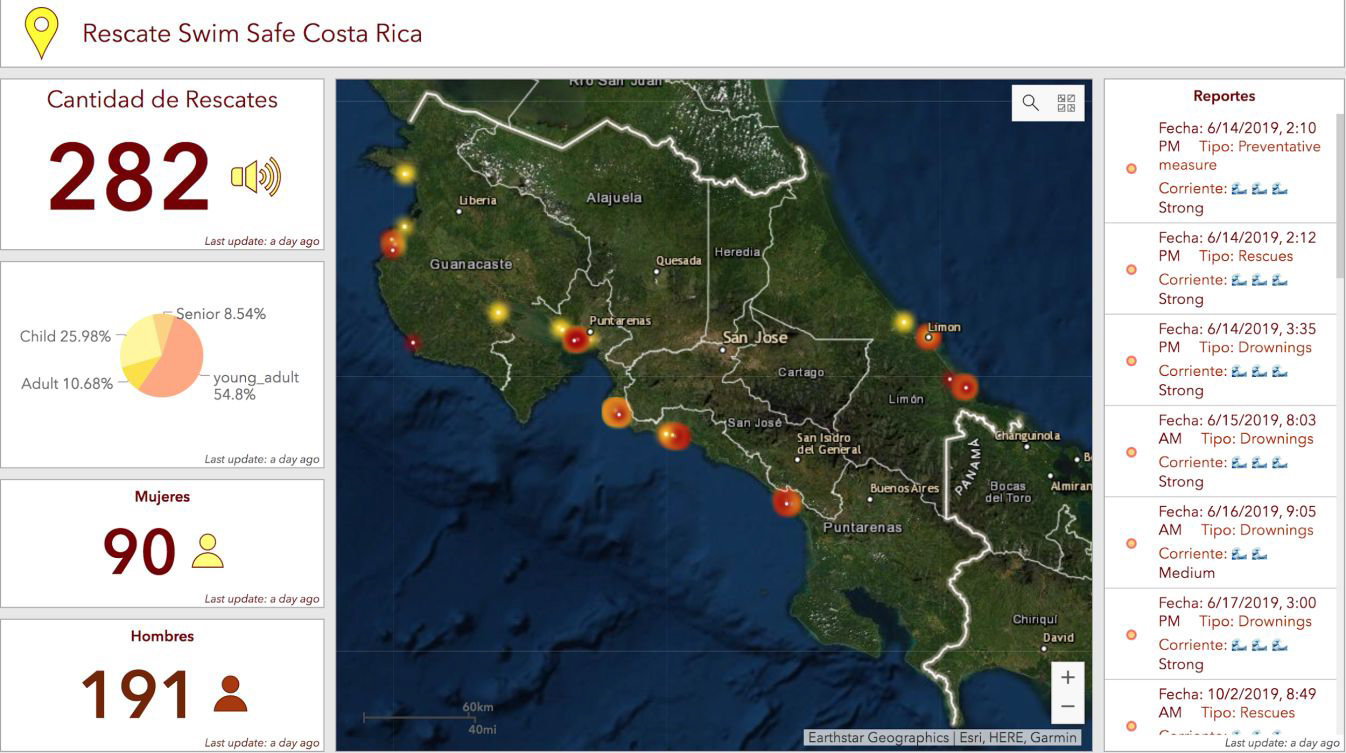
Our primary goal with collecting data on aquatic emergencies is to:
- Help create a precedent for the implementation of policies and regulations, since the data collected will allow for better strategic planning based on the specific demographics of each accident.
- Identify and create a data base of protected beaches and unprotected beaches that can be downloaded by anyone.
- Provide information on weather and ocean forecast that will help swimmers and beach goers make better decisions when selecting safe places to swim.
- Utilize the collected data to help involve the government in promoting water safety and awareness initiative.
SWIM SAFE
Costa Rica
Improving Tourist Safety
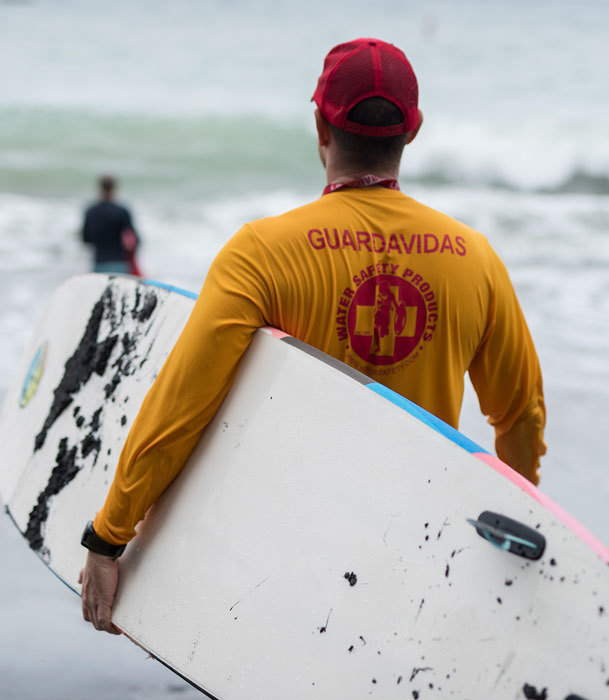
IMPROVING TOURIST SAFETY
- As part of SWIM SAFE Costa Rica's efforts to improve tourist safety, we will focus on a public awareness campaign for swimmers to use the SWIM SAFE Costa Rica app to select a safe and lifeguard-protected beach to swim in.
- We will help establish ten Lifeguard Community Education Centers near these high-risk beaches. That way the center's volunteer lifeguard will be able to protect their local beaches on Sundays and holidays.
- SWIM SAFE Costa Rica will implement the “Swim between the flags” initiative. This campaign will educate local communities and tourists to swim in flagged areas that are patrolled by lifeguards.
- We will offer our assistance and share best practices with coastal municipalities to help them create lifeguard clubs in their communities.
Swim between the flags.
Access to Emergency Medical Services and Personnel:
Our goal in establishing the Costa Rican Lifeguard Federation is to help develop a nationally accredited lifeguard curriculum. Over the past two years, SWIM SAFE has developed a hybrid Lifeguard Training Program. In this program all theoretical material is taught virtually. This hybrid program has exponentially increased SWIM SAFE’s ability to reach Costa Rican coastal communities and allowed SWIM SAFE to involve more volunteers within the Costa Rican Lifeguard Federation.
Even with these advancements, one of the biggest challenges in Costa Rica is the lack of emergency medical services and infrastructure. Establishing these Lifeguard Community Education Centers will help to train community member to react quickly and efficiently to medical emergencies. Each CECG will have eight community instructors qualified to train volunteers to become knowledgable in first aid and aquatic emergency response. This means within the next four years, there will be 80 certified instructors across Costa Rica. If each of these instructors taught just twelve volunteers within a year, then Costa Rica would have an extra 960 certified lifeguards on their beaches.
Lifeguard Course, 2019
Administration and Respect for the ocean:
Our programs are designed to empower a community of explorers. Our field-based, STEM-inspired education programs are related to topics of citizen science and marine ecology. We focus on helping to connect communities to the ocean through education and exploration. Communities who care and understand the ocean will want to conserve and protect it’s beautiful ecosystems.
This methodology will also extended to SWIM SAFE’s Community Lifeguard Education Centers. These centers will offer “Stewardship and Respect for the Ocean” curriculums that will help to inspire communities to conserve and protect their local ecosystems.
ConnectOcean: Connecting Communities with the Ocean
Implementation Strategy and Timeline
- SWIM SAFE Costa Rica -
Project
IMPLEMENTATION STRATEGY AND TIMELINE
SWIM SAFE has created a CECG starter pack as outlined in our “Budget Proposal” to establish ten lifesaving clubs in four years.
- Equipment and supplies.
- Community training.
- A physical lifeguard club and lifeguard tower.
Each starter packet includes:
The implementation strategy will focus on:
Learn-to-Swim courses for preschool, youth, and adult students. With a focus on helping those students to reach the basic competencies required to develop efficient swimming skills and age-appropriate safety skills.
- Identifying high-risk areas.
- Connecting stakeholders with community leaders
- Identifying community leaders and helping them through the legal process of forming their own lifeguard club.
- Helping each club identify eight candidates who can be mentored and trained to be volunteer instructors. These instructor positions would include Swim Instructors, Lifeguard Instructors, Nipper Safety Officers, and First Aid and CPR Instructors.
- Helping clubs to work with the local municipality and government to build lifeguard clubs that will become community centers for all of the SWIM SAFE and CONNECTOCEAN programs.
- Spending three months at each location to observe and assist with the newly certified instructors and the implementation of community training programs.
- Teaching all courses jointly with regional coordinators and auditing instructors during their first time teaching independently.
Our implementation strategy includes:
PROVIDING SAFE LOCATIONS:
Lifeguard Clubs will provide safe recreational swimming areas for tourists and the locals to swim in.
FIRST AID AND TRAINING:
Lifeguard Clubs will train the local community in first aid and resuscitation. The goal will be for our 80 instructors to train a minimum of 20 community members in first aid each year. Which would mean that within the first year the lifeguard clubs will have trained 1,600 community members in basic first aid skills.
CAREER DEVELOPMENT:
Lifeguard Clubs will allow for youth development through volunteerism and professional on-the-job training. Volunteer lifeguards will have the opportunity to connect with local and national organizations, municipalities, hotels, and resorts to seek employment opportunities in the aquatic risk management.
- SWIM SAFE Costa Rica -
PROJECT
SUMMARY
SUMMARY
The goal of our project is to introduce policies and regulations to help change current attitudes and beliefs towards water safety and drowning prevention within Costa Rica. Your support will directly contribute to safeguarding the lives of tourists and nationals who visit the beaches of Costa Rica.
This project will break ground as part of a collective effort to prevent drowning-related deaths and injuries in Costa Rica by:
- Educating the public through Lifeguard Community Education Centers
- Developing a culture of safety in the water through the introduction of lifeguarding as a sport.
- Promoting volunteering and social cohesion.
- Reducing water-related deaths and injuries through research and technology.
- Creating safer beaches, swimming pools, and aquatic environments for tourists and nationals.
- Promoting stewardship of the ocean and respect for coastal environment
"Through each other, for each other."
OUR MISSION:
CONTACT US
(June 2023) SWIM SAFE Costa Rica Proyecto (English)
By ConnectOcean
(June 2023) SWIM SAFE Costa Rica Proyecto (English)
Un Proyecto de ConnectOcean Conservation and Outreach. Una División de ConnectOcean Group. Las Catalinas, Playa Danta. Guanacaste, Costa Rica.
- 160


